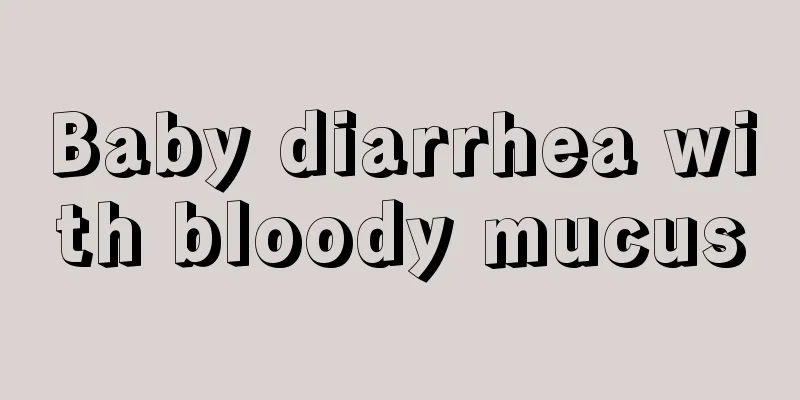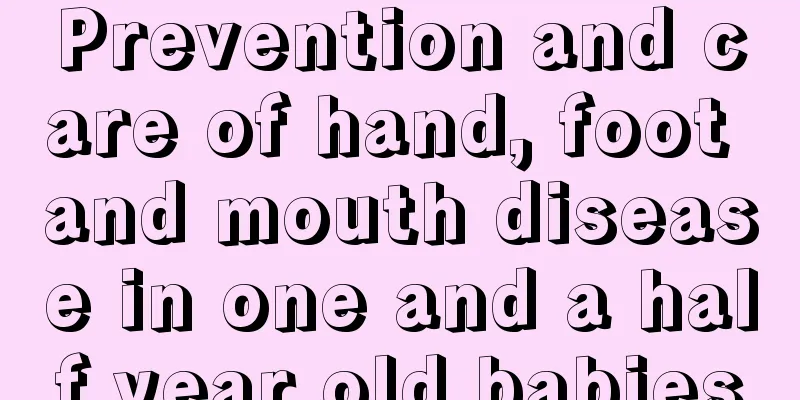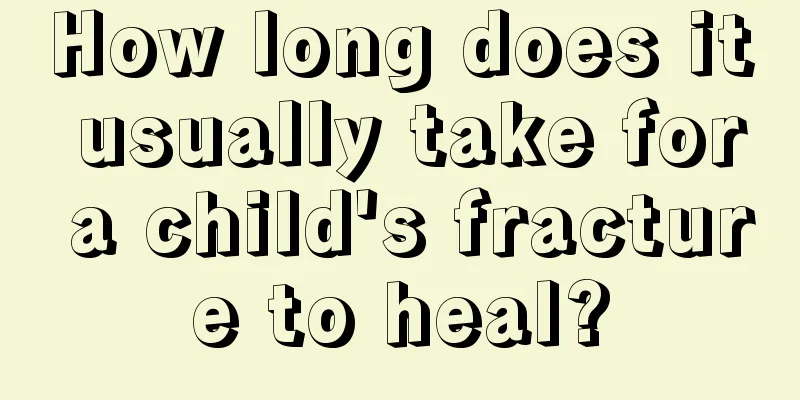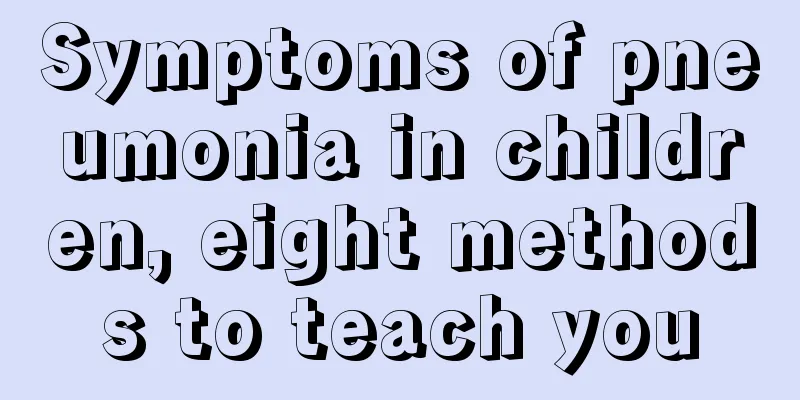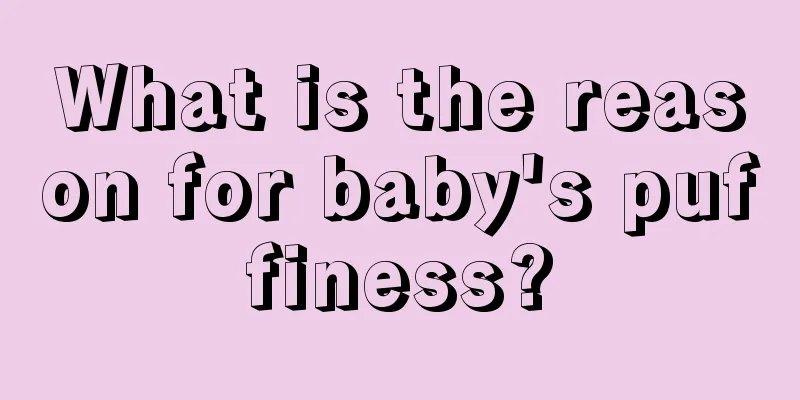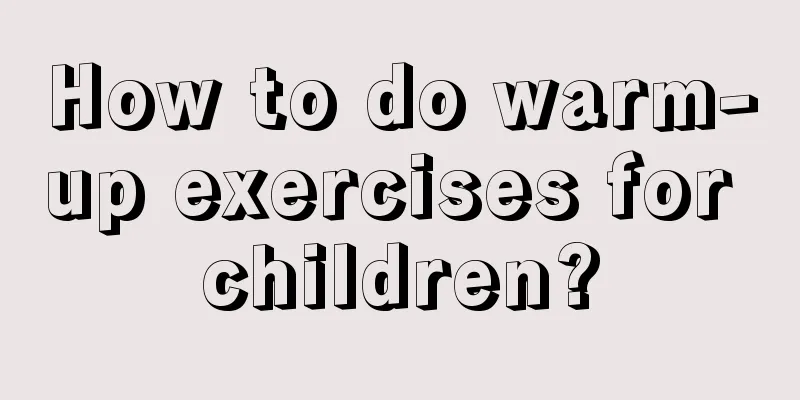How to reduce fever quickly in children
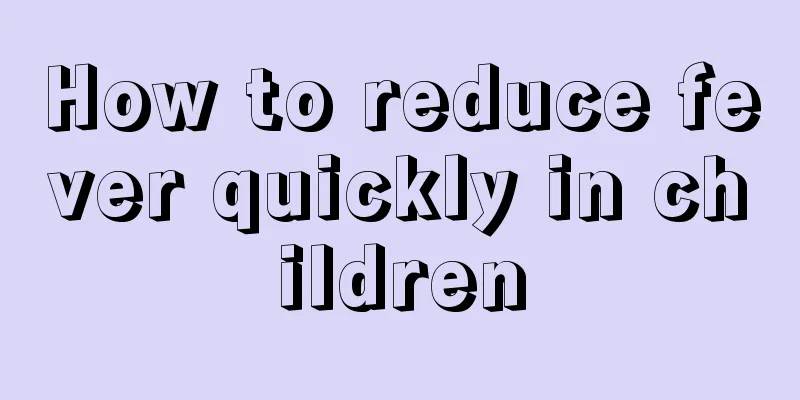
|
Adults' physical resistance is much stronger than children's, while children's physical resistance is relatively weaker. Very susceptible to viral infection, which can cause disease. Colds, coughs and fever are very common phenomena, and fever is a common symptom that is difficult to treat. When a child has a fever, it will have a great impact on their diet and sleep. In the long run, it is not good for the child's physical development and mental state, so how to reduce the child's fever has become the primary consideration for parents. Here we will introduce how to reduce the child's fever quickly. What causes fever in children? 1. External factors: Children's body temperature is affected by the external environment, such as wearing too many clothes when it is hot, drinking too little water, and poor ventilation in the room. 2. Internal factors: illness, cold, tracheitis, sore throat or other diseases. 3. Other factors: such as preventive injections, including measles, cholera, diphtheria, pertussis, tetanus and other reactions. Fever is only one symptom of the disease, not all of it. Parents should not just focus on reducing the baby's fever, but should follow the doctor's advice, accurately find out the real cause of the fever, and prescribe the right medicine. How to reduce fever in children How to reduce a child's fever? If the child's temperature is not high and his mental state is good, physical cooling methods can be used, such as wiping with warm water or taking a warm water bath. If a child has a fever with an axillary temperature of 38.5℃ and physical cooling does not reduce the fever, he or she should be given antipyretics. If the fever is not reduced in time, the body temperature can easily rise to 39°C or above. If the medicine cannot be taken immediately at this time, it may cause convulsions. Patients with a history of high fever and convulsions are recommended to take the medicine earlier. 1. Wipe with warm water or take a warm bath: Wipe the child's head, armpits, limbs with a warm and wet towel or take a warm bath, scrub the skin more to promote heat dissipation. 2. Foot soaking can promote blood circulation, relieve discomfort, and lower the baby's body temperature. You can use a large basin or a small bucket to soak your feet. Pour 2/3 of the basin with water. The water temperature should be slightly higher than usual, based on what your baby can adapt to. When soaking the baby's feet, the mother can rub the baby's two little feet, which can not only dilate the blood vessels but also relieve the discomfort caused by fever. 3. Ice compress: You can use a small amount of ice compress appropriately and apply ice or cold compress on the baby’s head or large blood vessels. But be sure to wrap a layer of cloth around the ice bag to prevent local frostbite on the baby's skin, and babies under 6 months old should not be given ice compresses. There is still much controversy about the pros and cons of this approach. It is generally believed that ice compresses do more harm than good, because they may cause the capillaries in the baby's skin to contract, hindering heat dissipation and causing the body temperature to be higher. Especially if accompanied by chills or shivering, ice compresses should not be used. 4. Apply wet compress with a warm towel. Wipe the baby's limbs with a warm towel, or apply a wet towel to the forehead to help reduce fever. 5. To reduce fever, the commonly used antipyretics for children are generally ibuprofen and acetaminophen. Aspirin, which was used in the past, is now not recommended for children. Antipyretic drugs come in liquid, suppository and granule forms. For those who have difficulty taking medicine, suppositories are the first choice. 6. Feed your baby water repeatedly and try to let your baby rest in bed. While taking the above-mentioned antipyretic measures for children with fever, you should closely observe the baby's other conditions, such as whether he or she has a cough, his or her mental state, etc. If the temperature is too high, go to the hospital for treatment. |
<<: What is the reason for the recurrence of allergic purpura in children?
>>: How to prevent baby’s enteritis after taking medicine?
Recommend
Symptoms of hypertonia in premature infants
High muscle tone is a common symptom in newborns,...
What are the steps in pediatric circumcision surgery?
Everyone should be familiar with circumcision. It...
What medicine should children take for cough and white phlegm
Those who have a baby at home know that the baby’...
What medicine is used for baby nebulization
Nebulizer therapy is a very special treatment met...
How to make a diet for students
I believe everyone knows the importance of losing...
Things to note when your baby is teething for two months
It is abnormal for a two-month-old baby to grow t...
What are some exercises that help children grow taller?
Children's height is a topic of great concern...
What are the reasons why babies wake up easily when sleeping?
The baby's growth cannot be separated from th...
How to treat high muscle tension in the limbs of newborns
Many people who suffer from high limb muscle tone...
14 month old baby sleep time
The 14-month-old baby is already one year old. Ch...
Why do children have red eye bags?
The healthy growth of children is the focus of pa...
How to treat synovitis in a two-year-old baby
Many people may not know the cause of synovitis, ...
Are mosquito repellent buckles harmful to babies?
We all know that mosquitoes are particularly anno...
How do children do strength training?
It is also necessary for children to exercise and...
Why do children’s teeth grow unevenly?
When children grow to a certain stage, they will ...
